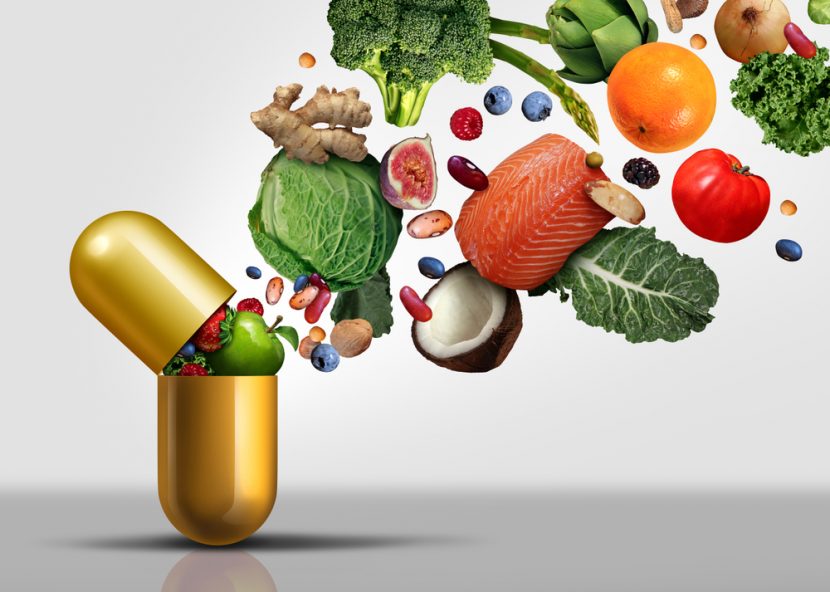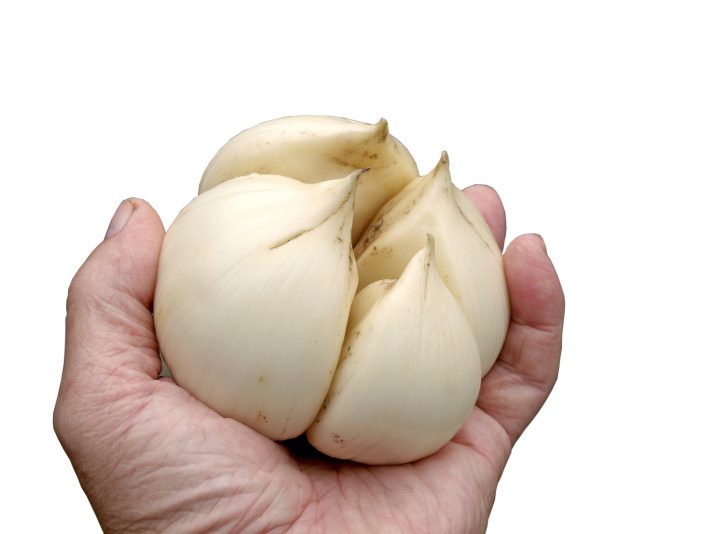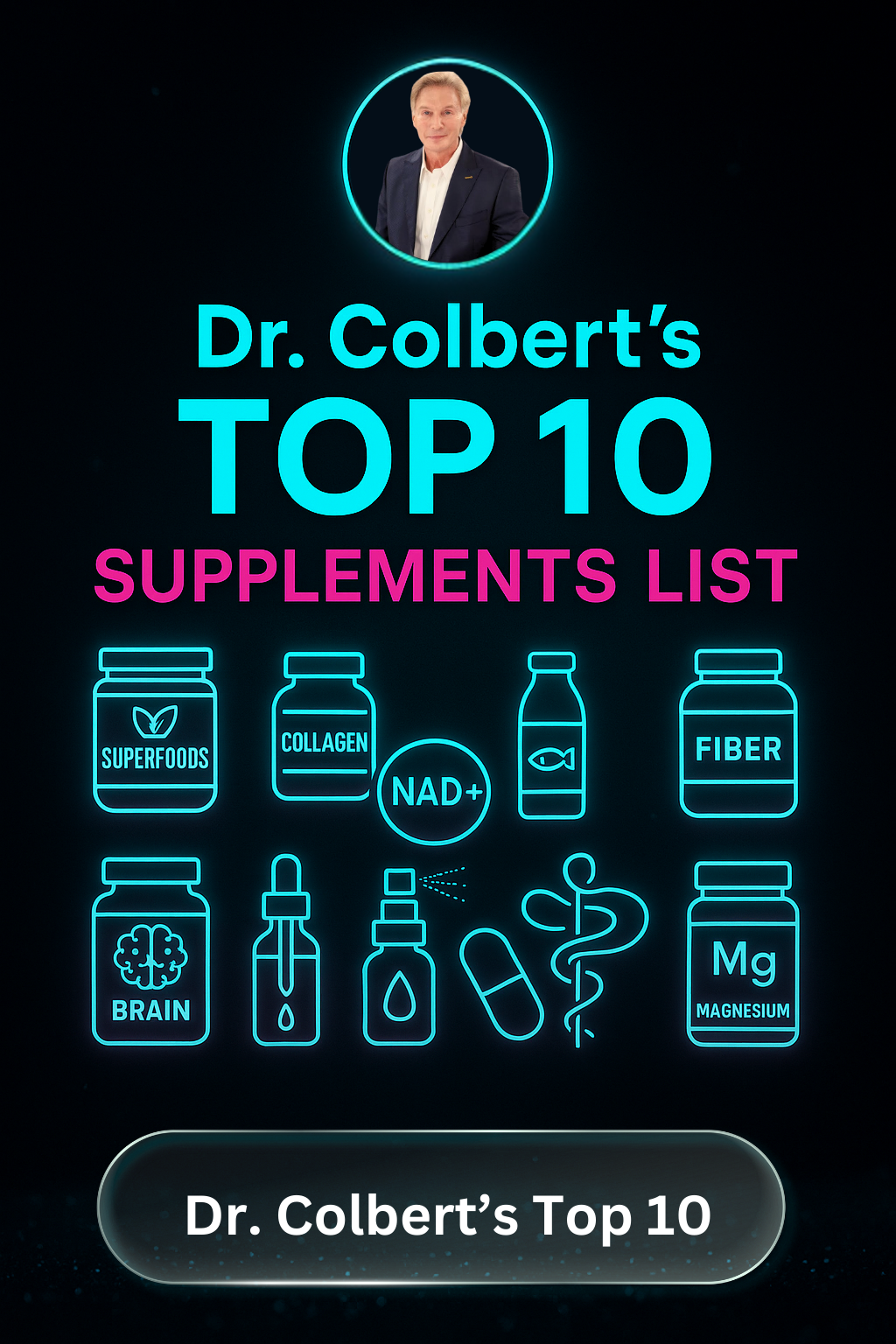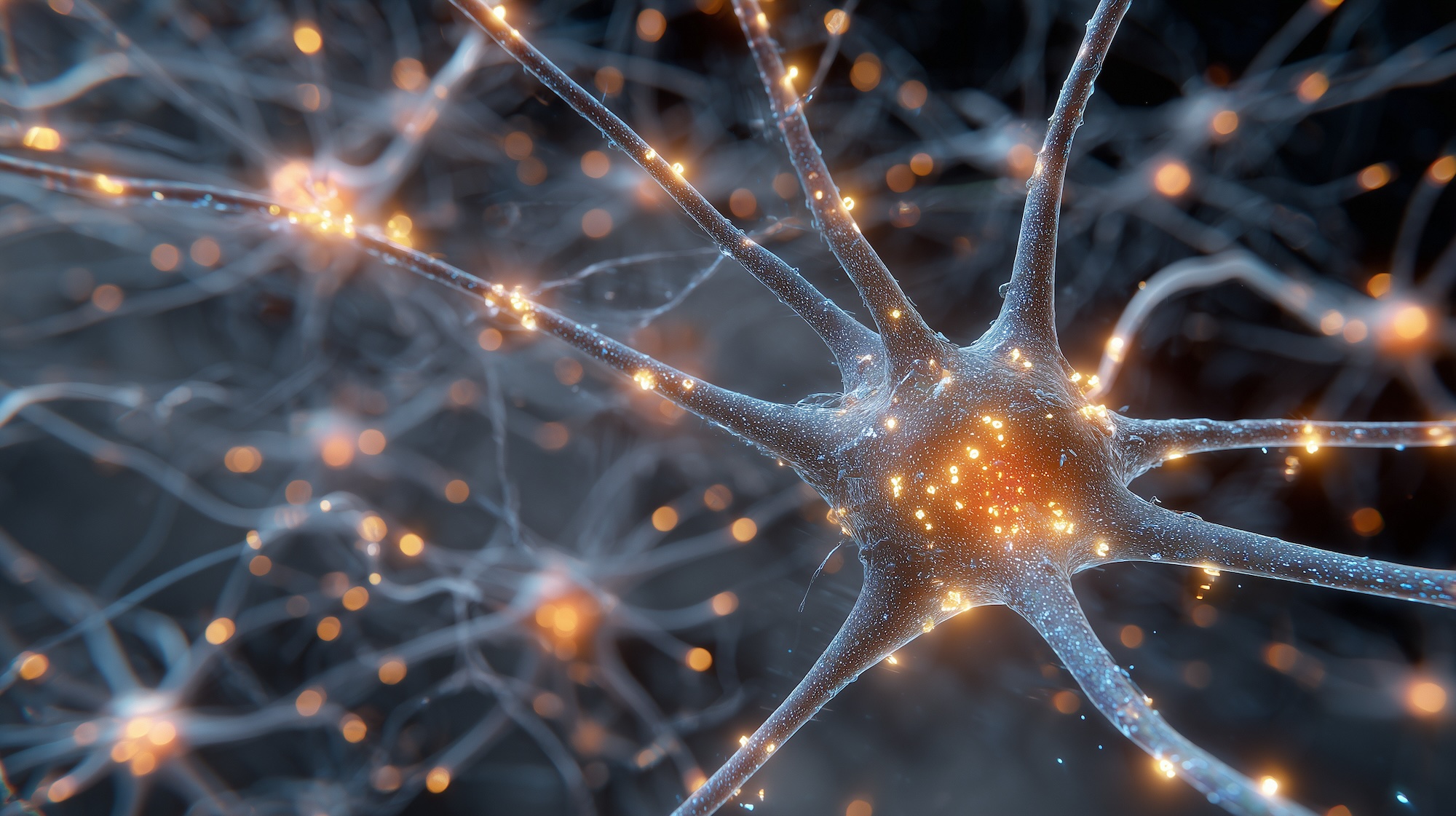Nutrients are the foundation of life, growth, and nourishment. Without getting them from food and water, we wouldn’t be able to survive! That’s why it’s good to know the two main types of nutrients: macronutrients vs micronutrients.
Each group is different but equally important for optimal nutrition and a healthy life. Below we’ll break down the details and why both matter on the Keto Zone diet.
Macronutrients: Fat vs Protein vs Carbs
Macronutrients, or “macros,” are the biggest group of nutrients. Your body needs them in large amounts to fuel itself and carry out all its processes.
The essential macros are:
- Carbohydrates
- Proteins
- Fats
Carbohydrates, also called carbs, are your body’s primary source of energy. They’re either (1) broken down and used immediately or (2) stored in your body as glycogen or fat. (But on a ketogenic diet, the body switches to using fat as its primary fuel—more on that below.)- keto macros
Carbohydrates come from foods like grains and breads, fruits, vegetables, nuts, and processed, sugary foods and drinks.
Proteins are essential for building muscle and preventing muscle loss, building and repairing tissues, and controlling hormones and other body chemicals.
Meats, eggs, dairy, and fish are good protein sources.
Fat plays many roles in your body, including hormone regulation, vitamin absorption, and proper brain function. Cholesterol, triglycerides, and omega-3s and omega-6s are all essential fatty acids your body must get from your diet.
Foods like meats, oils, fatty fish, and nuts are all good sources of fat.
All calories come from macronutrients, so every food item will contain at least one of these three- keto macros
Macros on the Keto Zone Diet
On the Keto Zone diet, the right proportion of macros is what keeps you in ketosis and helps your body burn fat. Those appoximate macros are:
- 75% fat
- 20% protein
- ~5% carbs (25 grams net carbs or less per day)
It’s important to keep in mind, these percentages are approximated and only designed to show you that your diet should be very high fat and very low-carbohydrate.
The most important macro to reduce is carbohydrates. By reducing it to 25 grams or less net carbs per day, you can cause your body to go into ketosis.
Depending on your total calorie level, the percentages may slightly vary. But the grams of carbs should remain low as directed. Then, as described in the Keto Zone Diet book, you will shift your body into burning fat for energy instead of carbs.
(To calculate macros, many of our Keto Zone members also use a carb and macro calculator like app, such as Carb Manager.)
Micronutrients: Smaller, But Just as Essential
Micronutrients, or “micros,” work on a smaller scale—meaning you only need them in trace amounts—but they are just as important as macronutrients for good health.
The micronutrients include:
- Vitamins like vitamins A, B, C, D, and K
- Minerals like calcium, zinc, magnesium, potassium, and phosphorus
In nutrition, vitamins and minerals play many roles in supporting your body’s functions. They can work as electrolytes, hormones, antioxidants, and are crucial for healthy metabolism, cellular function, energy levels, disease prevention, anti-aging, and overall wellbeing.
When you start a ketogenic diet, your body can flush out water and sodium, taking vitamins and minerals with it. That’s why it’s so important to eat foods rich in these micronutrients to stay healthy and avoid the keto flu.
The best place to get micros is from whole, unprocessed foods.
Whole foods that contain a lot of micronutrients are considered to be nutrient dense and great for daily health. That’s why a large portion of the Keto Zone diet is low-carb vegetables like leafy greens, olives, and avocados.
Macronutrients vs Micronutrients on the Keto Zone Diet
Any food item contains macronutrients, but processed and low-quality foods are stripped of their delicate micronutrients.
For example, a slice of white bread will contain mostly carbohydrates (macros) but very little vitamins and minerals or other micronutrients you could get from foods like kale, spinach, fatty fish, or nuts and seeds.-keto macros
The quality of a food’s macronutrients vs micronutrients also depends on how it was grown and how it was raised (if it’s an animal product). These choices affect the degree of nutrition in a food:
- Organic produce instead of non-organic
- Grass-fed and/or organic dairy instead of conventional dairy and raw instead of pasteurized
- Pasture-raised and/or cage-free eggs
- High-quality oils like coconut oil, macadamia nut oil, and extra virgin olive oil instead of low-quality, processed oils like canola or soybean oil
To get the best of all on a ketogenic diet, focus on foods with the right macros and with plenty of micros.
Check Out More Keto Articles Join Our Keto Group

















